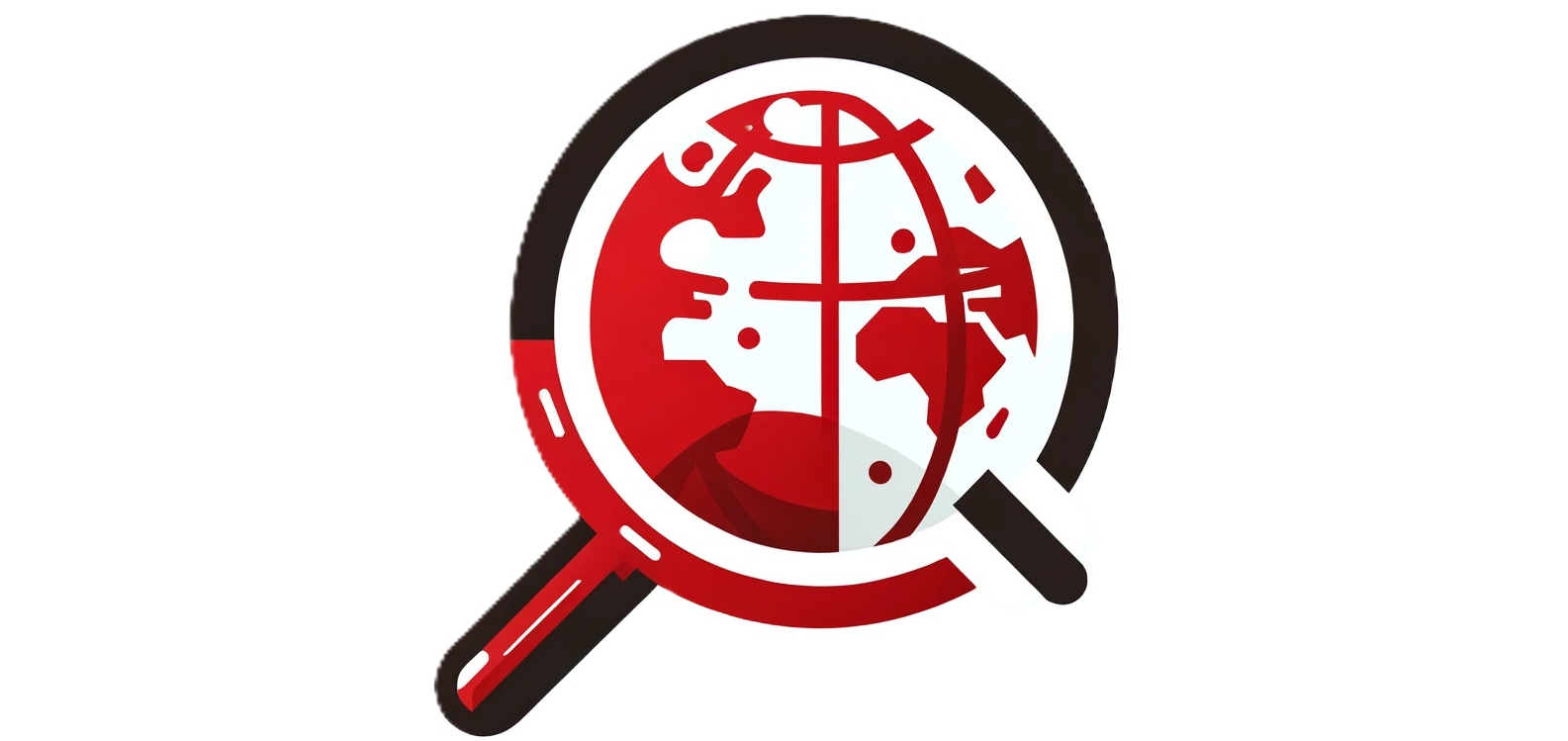Footwear is key to protecting and supporting our feet in different life situations such as work and play which is why footwear testing is important.
A range of different tests exist in quality control to ensure a pair of shoes is fit for purpose so the product can be brought to market and sold.
Safety footwear, for example, is essential for construction workers or workers who may face risk of injury from items dropping on or crushing their feet such as in a warehouse. In the US, this kind of footwear must adhere to a set of standards drawn up by the American National Standards Institute (ANSI) by meeting the correct protection, design and performance requirements.
If footwear isn’t checked and tested correctly at certain points of the production stage, it can cause injuries or have long-term effects on body posture. Therefore, quality control for shoes and footwear is essential, but there are a host of reasons why testing is important.
Why testing is important for footwear
Footwear manufacturing is a labour-intensive process which implies that human error can occur potentially leading to defects to finished goods. In order to deliver shoes that meet your customers’ requirements, you must ensure they meet the standards for comfort, durability and overall quality.
A pre-shipment inspection is essential for ensuring your footwear is of the highest quality and working order before it reaches your buyer. The aim should always be to eliminate any risks before your supply is brought to market.
What is done during shoe testing?
Reliable and high-quality footwear has a significant impact on customer satisfaction and brand success. Utilising the skills and experience of a third-party inspection company can help to eliminate risks of compromising these important standards. The key common areas of quality inspection for footwear are as follows:
- Measurement and fitting checks
- Azo dyes and azo colourants
- Colourfastness on leather/synthetic leather/textiles
- Sole flex resistance for both insole and outsole
- Sole abrasion resistance; looking for abrasion marks, open stiches, crooked stitches and puckered seams
- Slip resistance
- Bally flex resistance
- Heel impact resistance
- Heel fatigue test
How can you tell the quality of shoes?
To ensure a footwear inspection is as thorough as possible, you need to check that the shoes are a matching pair, are clean, adhere to the correct specifications by ensuring the workmanship is of a high standard and that any damages or defects are spotted.
The first step of a shoe quality inspection is to review the packaging and ensure the box matches the shoes and that it’s not damaged or dirty. Also, all the information on the box such as the shoe size, etc. needs to be correct.
The shoes should be removed from the box for the left and right parts to be checked to make a pair while the colour should also be correct. Each shoe should match in length and they should be symmetrical. Finally, the shoes should sit straight on the soles and the back height and lines should match. Also, they should be checked for colour defects and marks.
Checking the quality of safety shoes
Safety footwear helps to protect feet from falling objects, penetrations, chemical spills, temperature extremes and crush injuries. When selecting safety footwear, it should be comfortable, durable and have toe protection. All safety footwear must meet legal standards, be the correct type according to the task, worker and environment, and be used correctly by all staff.
The Occupational Safety and Health Administration (OSHA) covers three vital processes with regards to protective footwear: performance requirements including the maximum amount of weight and pressure the shoe will protect the wearer from, testing standards and standard labelling.
ANSI standards for safety footwear
Shoes adhering to the American National Standards Institute (ANSI) must also meet the correct protection, design and performance requirements. Using a third-party inspection party such as AQM BD can help by offering expert guidance in conforming to industry, regulatory and a customer’s exacting standards, as well as compliance with US, European and international directives, standards and testing requirements.
Some of the standards AQM BD tests against include AATCC, ASTM, REACH, ISO, SATRA, GB, as well as several more. To read more about footwear testing standards and services for safety shoes, click here.
About AQM BD
With over 25 years of experience in quality assurance, AQM BD is ready to help your import and export business build a robust quality assurance plan. Our many service locations are prepared to be your one-stop-shop for inspection needs. Including, production monitoring, pre-shipment and sorting inspections and everything in between. Contact us today to find out how we can help you navigate your current quality control challenges.





